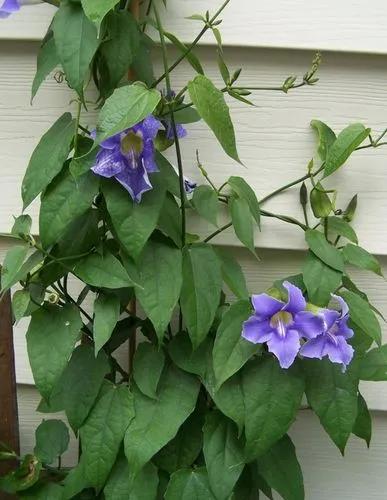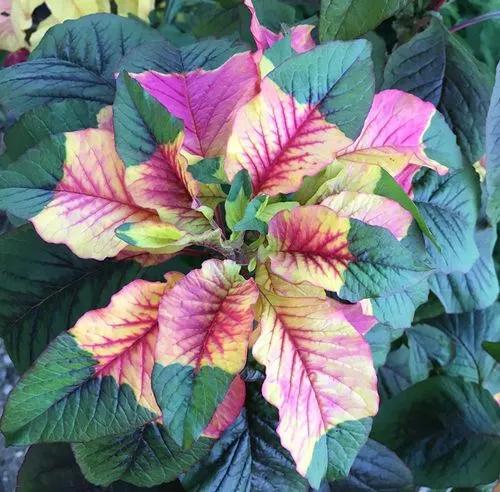Fittonia argyroneura (Fittonia albivenis) look very pretty due to their delicately veined leaves. Fittonia makes a perfect indoor hanging plant, bringing its wild, fast-spreading spirit from the tropics to an urban environment. Read on to find out how to keep your Nerve plant happy and thriving.
Fittonia argyroneura Care
Fittonia albivenis



Fittonia argyroneura is a group of varieties within the Fittonia genus. There are darker and lighter-variegated species, which differ somewhat in terms of care. Its unique patterned foliage is the reason behind the common names such as Mosaic plant and Nerve plant. Fittonia is a slow grower and rarely flowers indoors. When it does bloom, it produces striking reddish or yellowish spikes.
How to Care for the Plant

Water

Watering your fittonia regularly but moderately is recommended. All year long and especially during summer, spray your plant to recreate its natural habitat moisture levels.

Pruning

The Fittonia plant requires some occasional hygienic pruning. Remember to use sterilized and sharp tools. You can remove dry, dead plant parts.

Fertilizer

Consider using a mild fertilizer half-strength from spring to summer. It will definitely help your green pet thrive! No feeding is required from autumn to spring.

Sunlight

These plants need around six hours of bright indirect sunlight, but they also benefit from some time spent in the shade. You can put your green beauty next to north- or east-facing windows.

Soil

The ideal blend of soil for plant growth is called loam. Often referred to as topsoil or black dirt by landscape companies, loam is a mixture of sand, clay, and silt.

Propagation

You can propagate your Fittonia by stem cuttings. To do that, snip the top of the plant off. Then, it's ready for repotting! Other ways to propagate Fittonia are by seed or through division. If you choose the division method, you will need to separate the roots carefully. Do your best not to damage the plant in the process!

Temperature

An optimal temperature range for a Nerve plant would be within 60-80°F (20-25°C). Avoid the drop below 50°F (10°C) as it may be fatal to this tender tropical beauty.

Container

Choose a pot with enough drainage holes. Smaller containers will more likely prevent the soil from becoming waterlogged. Place the pot on the tray with pebbles to increase humidity.

Fun fact

This plant was named after its 19th-century discoverers, the botanists Elizabeth and Sarah May Fitton.

Popularity

49,733 people already have this plant 6,443 people have added this plant to their wishlists
Discover more plants with the list below
Related articles






